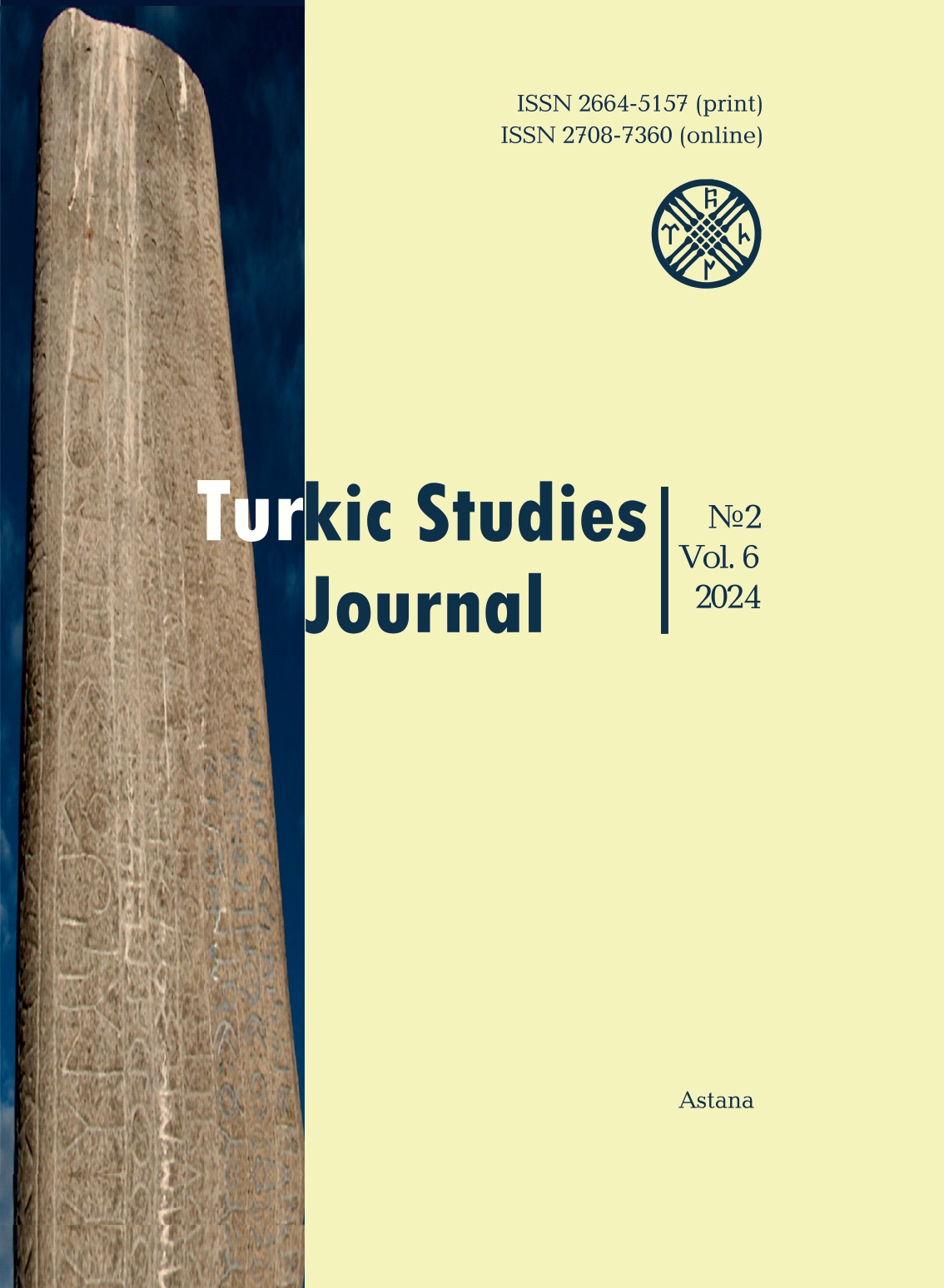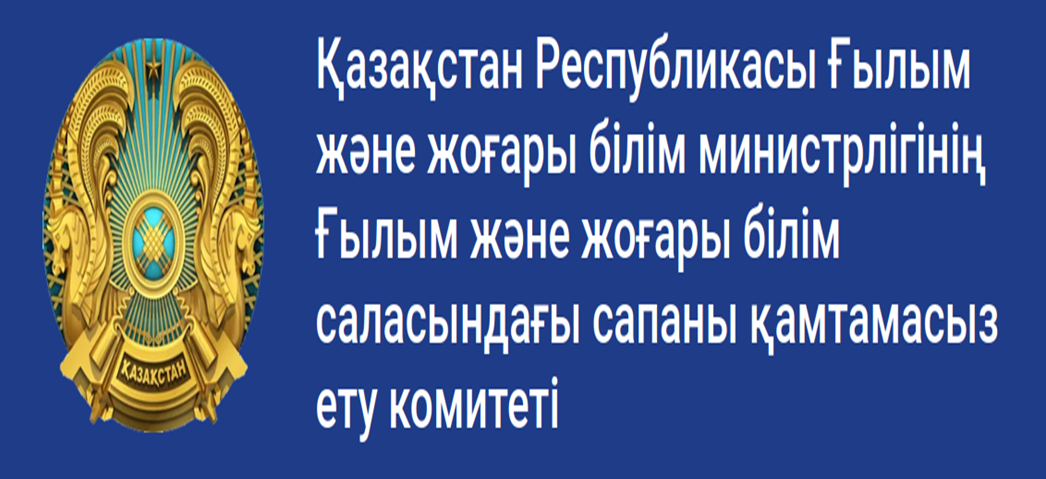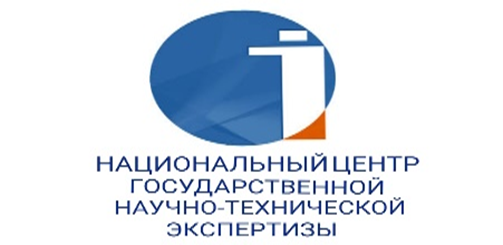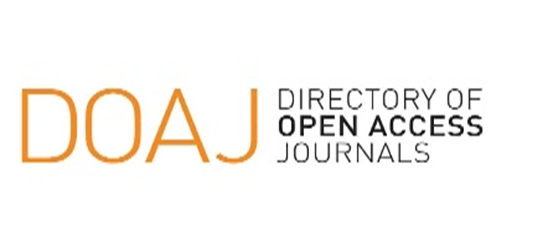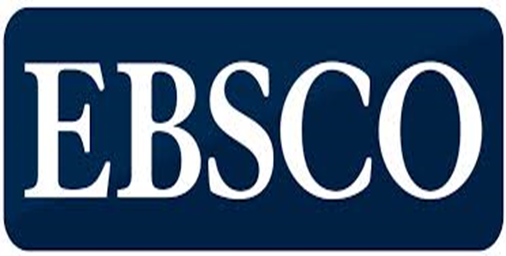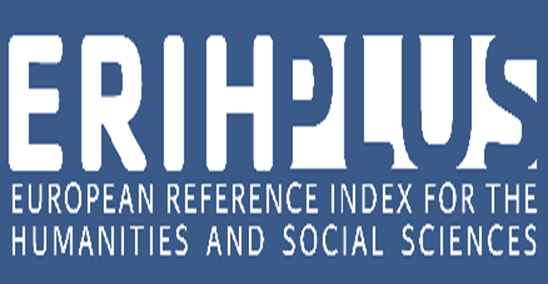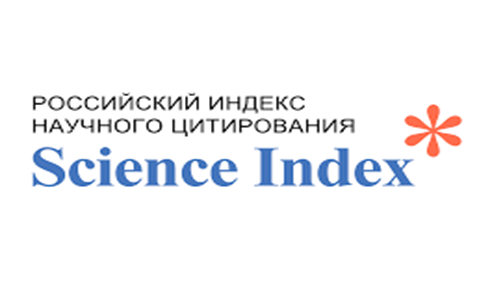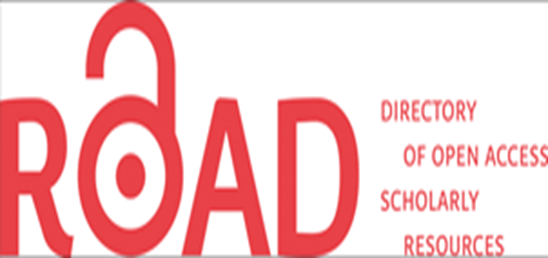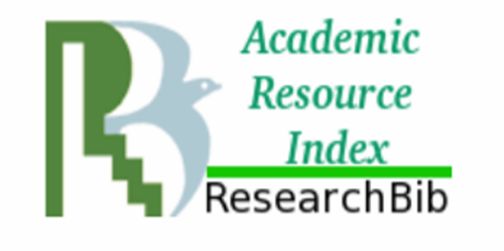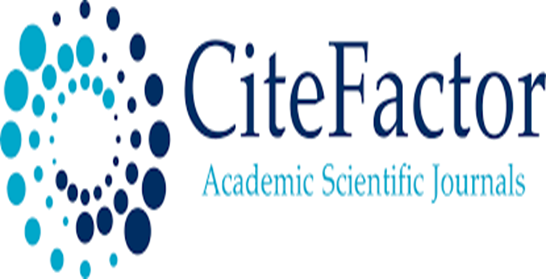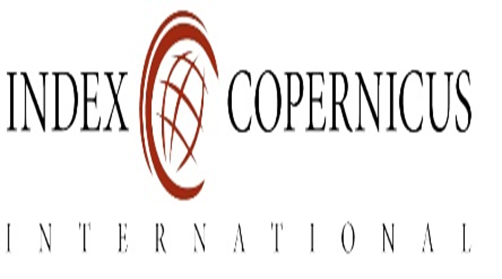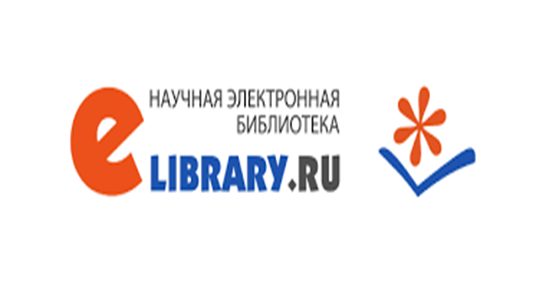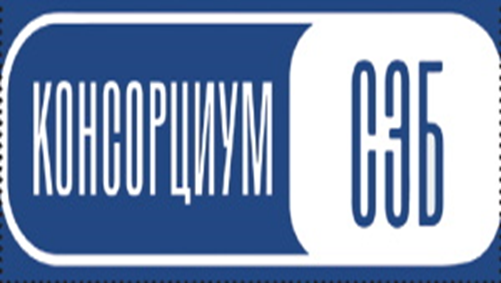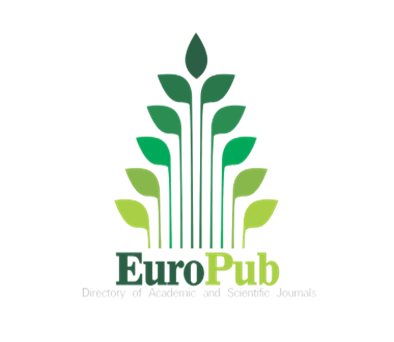On the historical-lexicographic value of the medieval dictionary within the context of «Khosrow ua Shirin”
Views: 268 / PDF downloads: 252
DOI:
https://doi.org/10.32523/2664-5157-2024-2-174-191Keywords:
Turkic lexicography, Kazakh lexicography, historical-comparative dictionary, diachronic research, synchronic research, written monument, lexiconAbstract
The article analyzes the «Historical-comparative dictionary of Turkic languages of the 14th century: based on materials from the «Khosrow ua Shirin” Kutba, written in 1979 by the renowned Soviet Turkologist E. Najip. To compile the dictionary, materials from other Kipchak monuments of the Golden Horde era were also utilized, such as «Nakhj al-Faradis» and «Muhabbat-name» of Khorezm.
According to the authors, access to extensive collections of Eastern manuscripts and daily meticulous
work with these manuscripts reveal the multifaceted capabilities of the scholar and contributed to
the creation of a unique historical-comparative dictionary of the Oghuz-Kipchak languages. Utilizing the comparative-historical method, E. Najip identifies common lexical-grammatical units of Turkic languages, revealing the commonality between Old Kipchak and modern Kipchak languages (such as Kazakh, Karakalpak, Nogai, and others). In this context, the dictionary provides anthroponyms,
ethnonyms, toponyms, words from other thematic groups, as well as their word forms, phrases and
derivatives.
The authors of the article believe that the historical-comparative dictionary of Turkic languages,
based on the monument «Khosrow ua Shirin” represents the historical lexicography of Turkic languages, including the Kipchak languages, notably the Kazakh language.
Downloads
Reference
Зайончковский А.К., 1967. К изучению средневековых памятников тюркской письменности (XI-XVI вв.) // Вопросы языкознания, №6. С. 10-14.
Ибатов А., 1974. Қутбтың «Хусрау уа Шірін» поэмасының сөздігі. Алматы: «Ғылым» баспасы. 278 б.
Малбақұлы М., 2015. Сөздік және сөзтаным мәселелері. Алматы. 316 б.
Наджип Э.Н, 1979. Историко-сравнительный словарь тюркских языков XIV века. М. 480 с.
Наджип Э.Н., 2012. Тюркоязычный памятник XIV-го века «Нахдж ал-Фарадис» и его язык. Туркестан. 448 с.
Сабыр М.Б., 2004. Орта түркі тілі лексикасы мен қазақ тілі лексикасының сабақтастығы (XIV ғасыр жазба ескерткіштері негізінде). Алматы: Қазақ университеті. 315 б.
Тенишев Э.Р., 1970. Место кыпчакского (половецкого, куманского) и печенежского языков среди современных тюркских языков // Известия АН КазССР. Серия общественная. №5. С. 78-81.
Tuna O.N., 1989. Sümer – Türk Dillerinin Tarihi İlgisi ve Türk Dilinin Yaşı meselesi. Elazığ. S.
-293.
Zajaczkowski A.K., 1954. Zabytek jezykowy ze Zlotej Ordy «Husrev u Sirin» Qutba. Warszawa. P. 45-123.
Zajaczkowski A.K., 1958. Najstarsza wersja turecka «Husrav u Sirin» Qutba. Cz.I – Tekst. Warszawa; Cz.II. Facsimile. Warszawa. 304 p.
Zajaczkowski A.K., 1961. Najstarsza wersja turecka «Husrav u Sirin» Qutba. Cz.III. Slownik.
Warszawa. 322 p.

